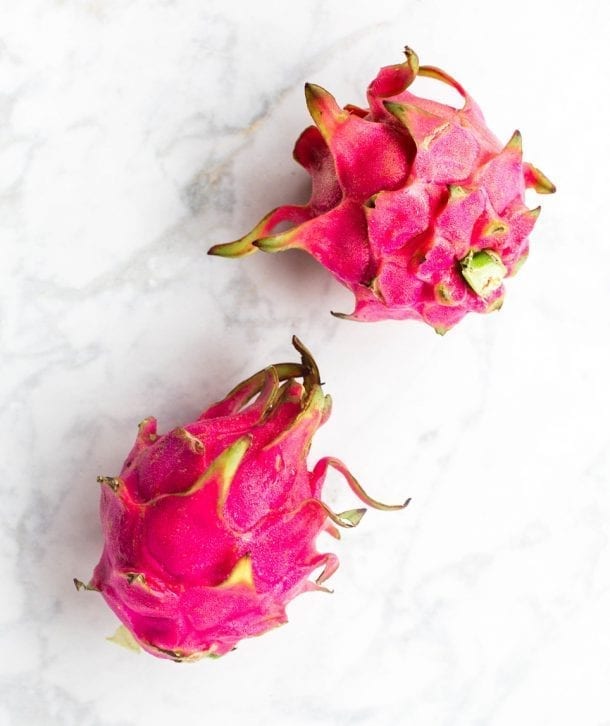Adapted by recipe from Sandor Katz, Wild Fermentation
Ingredients:
1 – 5 inch piece of daikon radish
1 small burdock root
1 turnip
1 large carrot
4 or 5 small red radishes
1 TBSP grated gingerroot
2 to 3 cloves fresh garlic
1 small red chili or chili of your choice
1 sweet onion, leek or green onion, your choice
Brine:
2 cups of water
1 ½ TBSP sea salt
Kimchi is a spicy Korean condiment that can be made in a number of styles and is prepared by fermenting Chinese cabbages, radishes, or tunips, scallions and other veggies with ginger, hot red chilis garlic, and often fish sauce.
Kimchi is a lot like making sauerkraut, but a big difference is that kimchi recipes generally call for soaking the veggies in very salty brine for several hours to soften them quickly, then rinsing them and fermenting them with less salt.
Kimchi is also distinguished by the generous use of ginger, garlic, scallion and hot chili peppers. Kimchi ferments faster than sauerkraut as well.
Slice all veggies except the garlic, ginger and chili and soak in the brine. Use a plate or something else to hold the veggies under the brine and keep them submerged until soft, a few hours or overnight.
The thinner you slice the veggies the more the flavors will penetrate. You can leave the skins of the veggies on if organic too. There are lots of trace minerals and nutrients in the skins.
Grate the ginger, chop the garlic and remove seeds from the chilis. (I like to puree this in a food processor or blender.)
You can experiment with amounts for kimchi to your taste of the above spices.
Drain the brine off veggies, reserving the brine.
Taste veggies for saltiness. They should taste salty but not unpleasantly so. You can rinse them to get excess salt off if you want. You can also add salt too at this point if you need to.
Mix the veggies with the ginger chili paste. Mix everything together and and thoroughly and stuff it into a quart jar, packed tightly, pressing down until the brine comes up. You can use some of the brine to add if needed.
Ferment in your kitchen or other warm place. Taste it daily and be sure the vegetable mixture does not rise above the brine. After about a week when it tastes ripe, move it to the refrigerator.
About fermented foods and fermented kimchi:
Fermented foods preserve and add nutrients to food. Fermenting also breaks food down so that it is more digestible. Fermented foods have good bacteria that our digestive tracts need to help us digest our food, prevent illness and produce some essential vitamins like B vitamins and vitamin K, both of which are otherwise very hard to get in our modern diets.


